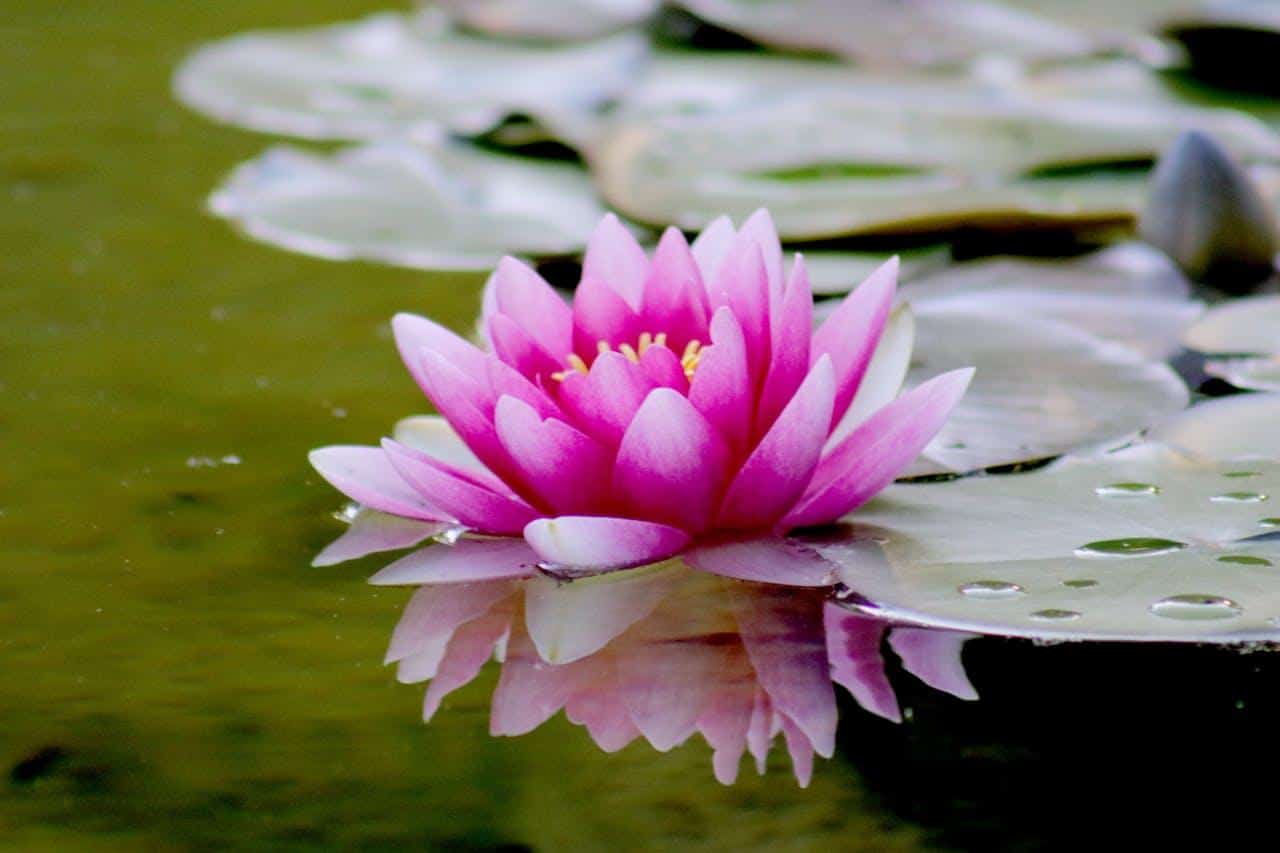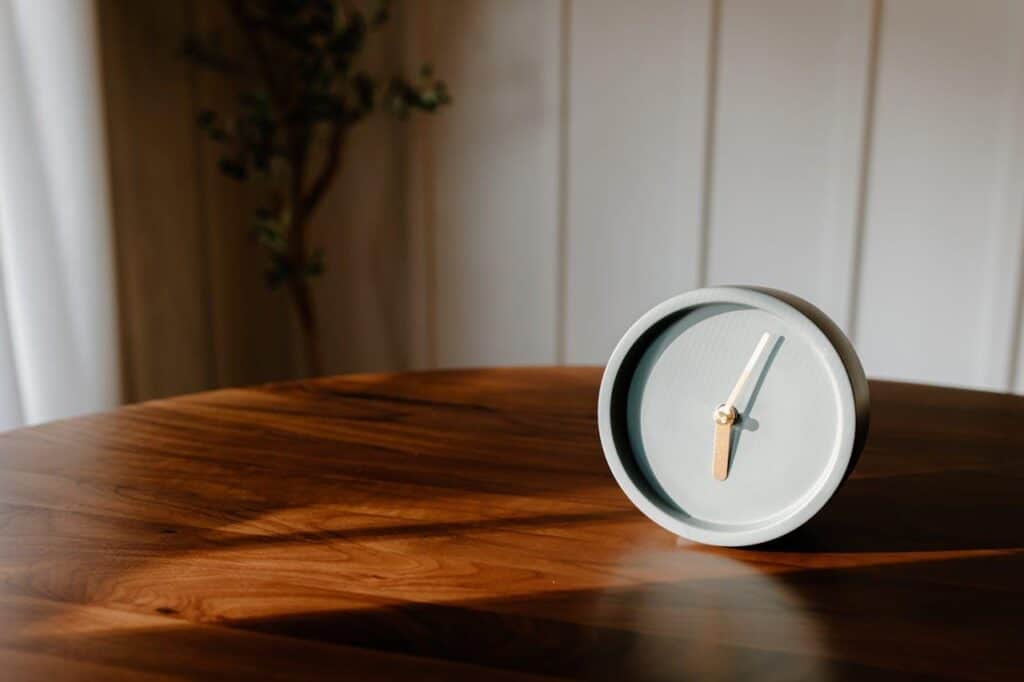Okay, folks, let’s talk about setting up your mindfulness practice. Trust me, I’ve learned the hard way that you can’t just plop down anywhere and expect zen to magically happen. It’s kinda like trying to nap in the middle of a rock concert – not impossible, but definitely not ideal!

When I first started my mindfulness journey, I thought I could just sit on my couch and boom – instant enlightenment. Ha! Between the TV remote calling my name and my dog deciding it was the perfect time for belly rubs, it was a disaster. So, let me save you some trouble and share what I’ve learned about creating the right environment.
Creating a Conducive Environment for Mindfulness Exercises
First things first, you need a quiet space. Now, I know what you’re thinking – “Quiet? In my house? Dream on!” I get it. I live in a tiny apartment with paper-thin walls and a neighbor who thinks 3 AM is the perfect time to practice his dubstep DJ skills. But here’s the trick: it doesn’t have to be perfectly silent. Just find the quietest spot you can. For me, it’s a corner of my bedroom, far from the street noise.
Lighting matters too. Harsh overhead lights are a no-go – they make me feel like I’m prepping for a dentist appointment rather than relaxation. Soft, natural light is the way to go. I’ve got a little window in my mindfulness corner, and let me tell you, there’s something magical about early morning sunlight filtering through the curtains.
Essential Tools and Props for Enhancing Your Practice
Now, let’s talk props. You don’t need to go out and buy a bunch of fancy schmancy stuff, but a few key items can really help. A comfortable cushion or mat is a game-changer. I started out sitting directly on the floor and let’s just say my tailbone was not happy about it. Now I’ve got this great little meditation cushion that keeps my tush comfy and my spine aligned.

Another must-have for me is a cozy blanket. Even if it’s not cold, there’s something about wrapping up that just feels safe and grounding. It’s like a hug for your whole body!
Some people swear by incense or essential oils for setting the mood. I tried that, but turns out it’s a little distracting for me. I don’t know why. But if it works for you, go for it. Just maybe start with a small amount to see how you react.
Oh, and here’s a tip: keep a notebook and pen nearby. Sometimes during meditation, I’ll have these amazing insights or ideas pop into my head. Having a notebook handy means I can quickly jot them down without disrupting my practice too much.
Tips for Establishing a Consistent Mindfulness Routine
Now, let’s chat about establishing a routine. This was honestly the toughest part for me. I’m about as consistent as the weather in April. But I’ve found a few tricks that help.
Use technology to your advantage. There are tons of great mindfulness apps out there. I use one that sends me a gentle reminder each morning and tracks my progress. It’s like having a mindfulness buddy in my pocket!
Oh, and here’s a biggie – be kind to yourself. Some days, your practice will feel amazing. Other days, your mind will be bouncing around like a caffeinated squirrel. That’s normal! The key is to keep showing up, even on the tough days.

First, pick a specific time of day for your practice. For me, it’s first thing in the morning. I used to try fitting it in whenever I had a spare moment, but let’s be real – those spare moments are as rare as a unicorn sighting. Now, it’s part of my morning routine, right after I brush my teeth and before I have my coffee.
Speaking of coffee, I’ve learned the hard way not to meditate after caffeine. Let’s just say a jittery mind does not make for good mindfulness!
Start small. I mean really small. When I first began, I set this lofty goal of meditating for an hour every day. Yeah, that lasted about two days. Now, I aim for just 10 minutes a day. Some days I do more, some days less, but 10 minutes feels doable no matter how crazy life gets.
Lastly, make it enjoyable. If sitting in silence drives you bonkers, try a guided meditation. If sitting still isn’t your thing, give walking meditation a shot. The goal is to find what works for you, not to force yourself into someone else’s idea of what mindfulness should look like.
Creating a mindfulness practice is just that – a practice. It’s not about being perfect, it’s about being consistent. So go ahead, carve out your little mindfulness nook, grab your comfy cushion, and start small. Before you know it, you’ll be a mindfulness pro! Well, maybe not a pro, but at least you won’t be falling asleep or getting distracted by your to-do list every time you try to meditate. Baby steps, folks, baby steps!
Continue back to read 15 Powerful Mindfulness Exercises for Emotional Healing in 2024
If you’ve read this far and enjoyed this post, why not subscribe to keep updated on what I write? You can unsubscribe at any time, if you feel it’s not a good fit. Hope to see you soon!







One Comment